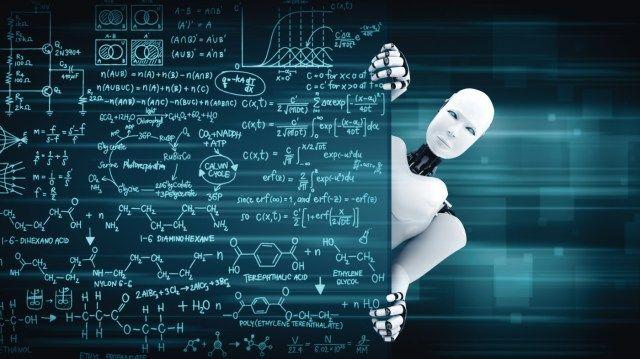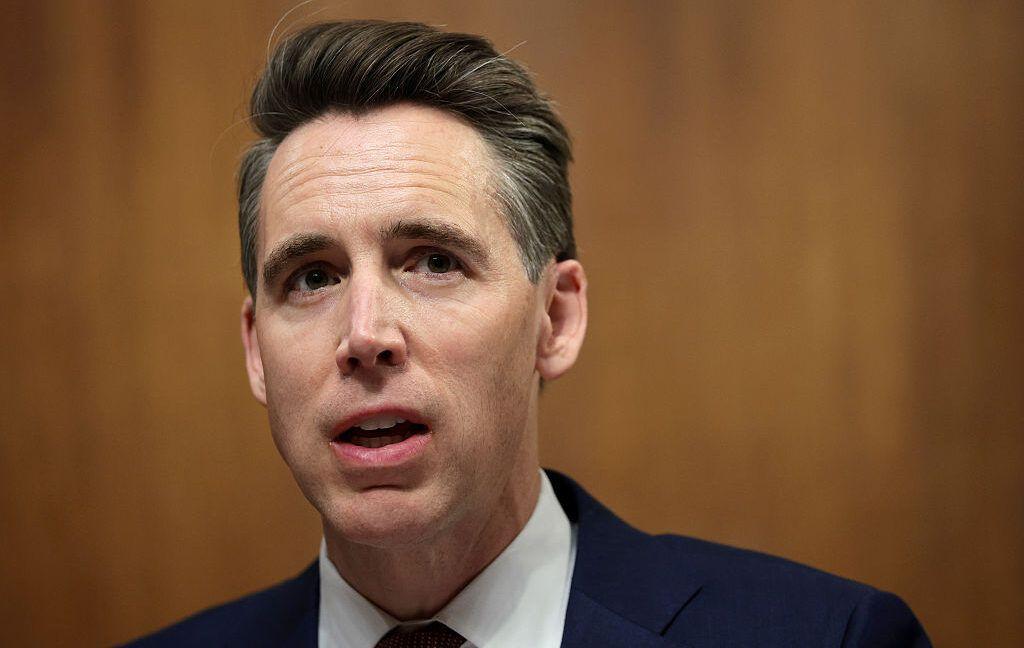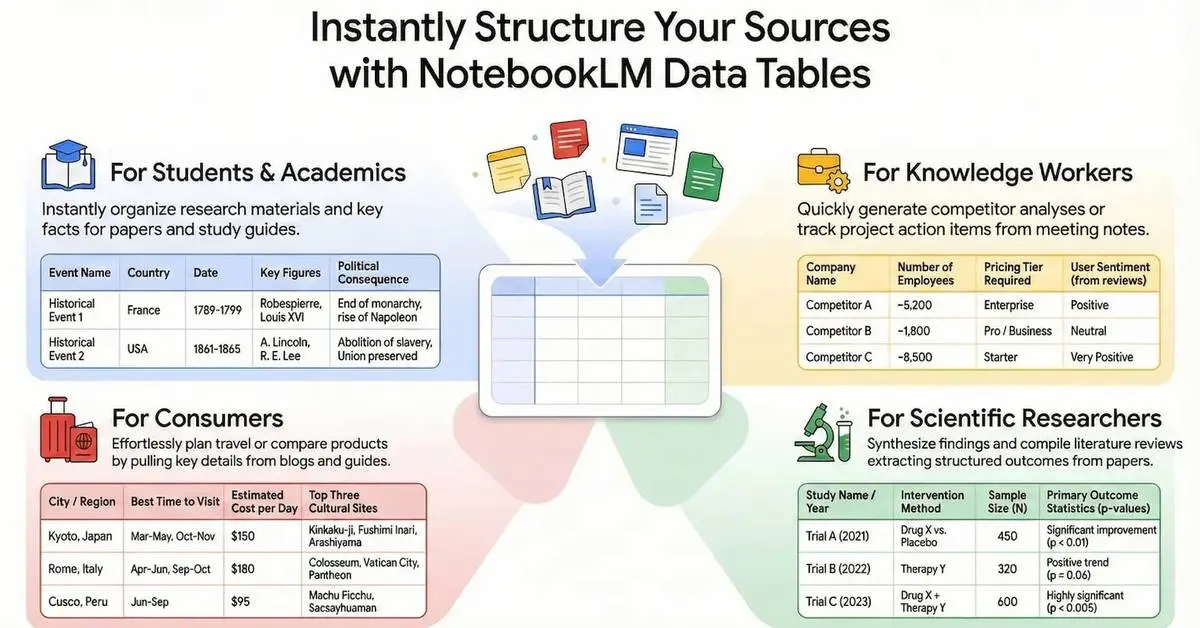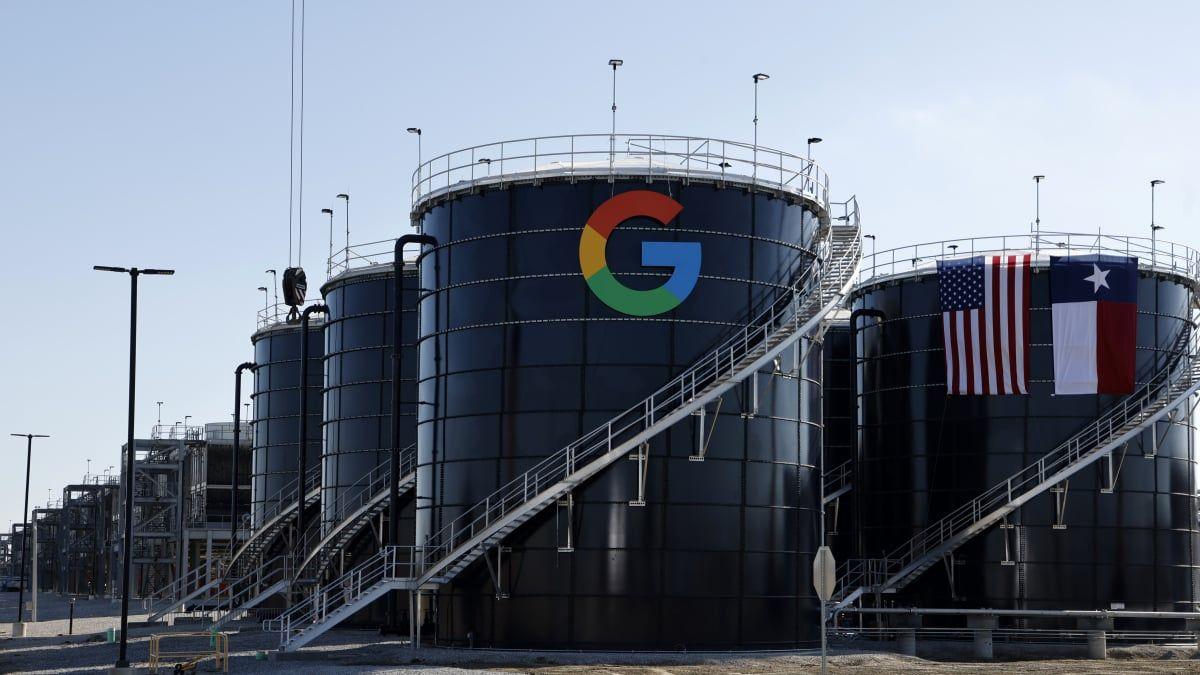AI's Impact on Child Development: Balancing Innovation and Caution
2 Sources
2 Sources
[1]
AI is rewiring the next generation of children
Much of the public discourse around artificial intelligence has focused, understandably, on its potential to fundamentally alter the workforce. But we must pay equal attention to AI's threat to fundamentally alter humanity -- particularly as it continues to creep, unregulated, into early childhood. AI may feel like a developing force largely disconnected from the way we raise children. The truth is, AI is already impacting children's developing brains in profound ways. "Alexa" now appears in babies' first vocabularies. Toddlers increasingly expect everyday objects to respond to voice commands -- and grow frustrated when they don't. And now, one of the world's largest toy companies has launched a "strategic" partnership with OpenAI. Research shows that children as young as three can form social bonds with artificial conversational agents that closely resemble the ones they develop with real people. The pace of industry innovation far outstrips the speed of research and regulation. And our kids' wellbeing is not at the center of these inventions. Consider Meta's chatbots, capable of engaging in sexually explicit exchanges -- including while posing as minors -- which are available to users of all ages. Or Google's plans to launch an AI chatbot for children under 13, paired with a toothless disclaimer: "Your child may encounter content you don't want them to see." Now, with the Senate negotiating a budget bill that would outright ban states from regulating AI for the next decade, parents stand to be left alone to navigate yet another grand social experiment conducted on their children -- this time with graver circumstances than we've yet encountered. As a pediatric physician and researcher who studies the science of brain development, I've watched with alarm as the pace of AI deployment outstrips our understanding of its effects. Nowhere is that more risky than in early childhood, when the brain is most vulnerable to outside influence. We simply do not yet know the impact of introducing young brains to responsive AI. The most likely outcome is that it offers genuine benefits alongside unforeseen risks; risks as severe as the fundamental distortion of children's cognitive development. This double-edged sword may sound familiar to anyone versed in the damage that social media has wrought on a generation of young people. Research has consistently identified troubling patterns in adolescent brain development associated with extensive technology use, such as changes in attention networks, reward processing pathways similar to behavioral dependencies, and impaired face-to-face social skill development. Social media offered the illusion of connection, but left many adolescents lonelier and more anxious. Chatbot "friends" may follow the same arc -- only this time, the cost isn't just emotional detachment, but a failure to build the capacity for real connection in the first place. What's at stake for young children is even more profound. Infants and young children aren't just learning to navigate human connection like teenagers, they're building their very capacity for it. The difference is crucial: Teenagers' social development was altered by technology; young children's social development could be hijacked by it. To be clear, I view some of AI's potential with optimism and hope, frankly, for the relief they might provide to new, overburdened parents. As a pediatric surgeon specializing in cochlear implantation, I believe deeply in the power of technology to bolster the human experience. The wearable smart monitor that tracks an infant's every breath and movement might allow a new mom with postpartum anxiety to finally get the sleep she desperately needs. The social robot that is programmed to converse with a toddler might mean that child receives two, five or ten times the language interaction he could ever hope to receive from his loving but overextended caretakers. And that exposure might fuel the creation of billions of new neural connections in his developing brain, just as serve-and-return exchanges with adults are known to. But here's the thing: It might not. It might not help wire the brain at all. Or, even worse, it might wire developing brains away from connecting at all to another human. We might not even notice what's being displaced at first. I have no trouble believing that some of these tools, with their perfect language models and ideally timed engagements, will, in fact, help children learn and grow -- perhaps even faster than before. But with each interaction delegated to AI, with each moment of messy human connection replaced by algorithmic efficiency, we're unknowingly altering the very foundations of how children learn to be human. This is what keeps me up at night. My research has helped me understand just how profoundly important attachment is to the developing brain. In fact, the infant brain has evolved over millennia to learn from the imperfect, emotionally rich dance of human interaction: the microsecond delays in response, the complex layering of emotional and verbal communication that occurs in even the simplest parent-child exchange. These inefficiencies aren't bugs in childhood development, they're the features that build empathy and resilience. It is safe to say the stakes are high. Navigating this next period of history will require parents to exercise thoughtful discernment. Rather than making a single, binary choice about AI's role in their lives and homes, parents will navigate hundreds of smaller decisions. My advice for parents is this: Consider those technologies that bolster adult-child interactions. Refuse, at least for the time being, those that replace you. A smart crib that analyzes sleep patterns and suggests the optimal bedtime, leading to happier evenings with more books and snuggles? Consider it! An interactive teddy bear that does the bedtime reading for you? Maybe not. But parents need more than advice. Parents need, and deserve, coordinated action. That means robust, well-funded research into AI's effects on developing brains. It means regulation that puts child safety ahead of market speed. It means age restrictions, transparency in data use, and independent testing before these tools ever reach a nursery or classroom. Every time we replace a human with AI, we risk rewiring how a child relates to the world. And the youngest minds -- those still building the scaffolding for empathy, trust and connection -- are the most vulnerable of all. The choices we make now will determine whether AI becomes a transformative gift to human development, or its most profound threat. Dana Suskind, MD, is the founder and co-director of the TMW Center for Early Learning + Public Health; founding director of the Pediatric Cochlear Implant Program; and professor of surgery and pediatrics at the University of Chicago.
[2]
We've all got to do more to protect kids from AI abuse in schools
For the sake of the next generation, America's elected officials, parents and educators need to get serious about curbing kids' use of artificial intelligence -- or the cognitive consequences will be devastating. As Rikki Schlott reported in Wednesday's Post, an MIT Media Lab study found that people who used large language models like ChatGPT to write essays had reduced critical thinking skills and attention spans and showed less brain activity while working than those who didn't rely on the AI's help. And over time the AI-users grew to rely more heavily on the tech, going from using it for small tweaks and refinement to copying and pasting whole portions of whatever the models spit out. A series of experiments at UPenn/Wharton had similar results: Participants who used large language models like ChatGPT were able to research topics faster than those who used Google, but lagged in retaining and understanding the information they got. That is: They weren't actually learning as much as those who had to actively seek out the information they needed. The bottom line: Using AI for tasks like researching and writing makes us dumber and lazier. Even scarier, the MIT study showed that the negative effects of AI are worse for younger users. That's bad news, because all signs are that kids are relying more and more on tech in classrooms. A Pew poll in January found that some 26% of teens aged 13 to 17 admit to using AI for schoolwork -- twice the 2023 level. It'll double again, faster still, unless the adults wake up. We've known for years how smartphone use damages kids: shorter attention spans, less fulfilling social lives, higher rates of depression and anxiety. States are moving to ban phones in class, but years after the dangers became obvious -- and long after the wiser private schools cracked down. Put more resources into creating reliable tools and methods to catch AI-produced work -- and into showing teachers how to stop it and warning parents and students of the consequences of AI overuse. Absent a full-court press, far too many kids won't build crucial cognitive skills because a chat bot does all the heavy lifting for them while their brains are developing. Overall, AI should be a huge boon for humanity, eliminating vast amounts of busy work. But doing things the hard way remains the best way to build mental "muscle." If the grownups don't act, overdependence on AI wll keep spreading through America's classrooms like wildfire. Stop it now -- before the wildfire burns out a generation of young minds.
Share
Share
Copy Link
An exploration of how AI is influencing early childhood development, its potential benefits and risks, and the urgent need for regulation and parental guidance.
The Growing Influence of AI on Child Development
Artificial Intelligence (AI) is rapidly becoming an integral part of children's lives, reshaping their developmental landscape in ways that are both promising and concerning. From voice assistants appearing in babies' first words to AI-powered toys entering the market, the impact of this technology on early childhood is profound and far-reaching
1
.Potential Risks and Concerns
Experts are raising alarms about the unregulated integration of AI into children's lives. Dr. Nina L. Shapiro, a pediatric physician and researcher, warns that the pace of AI deployment is outstripping our understanding of its effects, particularly during early childhood when the brain is most vulnerable to outside influences
1
.One of the primary concerns is the potential distortion of children's cognitive development. Unlike teenagers whose social development was altered by technology, young children's social development could be fundamentally hijacked by AI. The risk is that children might fail to build the capacity for real human connection in the first place
1
.Research Findings on AI's Impact

Source: New York Post
Recent studies have shed light on the cognitive consequences of AI use, particularly in educational settings. An MIT Media Lab study found that individuals who used large language models like ChatGPT for writing essays experienced:
- Reduced critical thinking skills
- Shorter attention spans
- Less brain activity while working
Moreover, over time, users grew more reliant on AI, progressing from minor edits to copying entire AI-generated sections
2
.Similar experiments at UPenn/Wharton revealed that while AI users could research topics faster, they lagged in retaining and understanding the information. This suggests that using AI for tasks like researching and writing may lead to decreased learning and increased cognitive laziness
2
.The Urgency of Regulation and Guidance
With the rapid adoption of AI in classrooms and homes, there's a pressing need for regulation and parental guidance. A Pew poll in January found that 26% of teens aged 13 to 17 admit to using AI for schoolwork, double the rate from the previous year
2
.Dr. Shapiro emphasizes the importance of thoughtful discernment in navigating AI's role in children's lives. She advises parents to consider technologies that bolster adult-child interactions while refusing those that replace human interaction
1
.Related Stories
Balancing Innovation and Caution

Source: The Hill
While AI presents risks, it also offers potential benefits. Smart monitors for infants and AI-powered language interaction tools could provide much-needed support for overburdened parents and enhance children's language exposure
1
.However, experts stress the importance of maintaining the "imperfect, emotionally rich dance of human interaction" that is crucial for developing empathy and resilience. The microsecond delays and complex layering of emotional and verbal communication in parent-child exchanges are essential features of childhood development
1
.Call to Action
To protect the next generation from potential AI-related cognitive decline, a multi-faceted approach is necessary:
- Increased regulation of AI technologies aimed at children
- Development of reliable tools to detect AI-produced schoolwork
- Education for teachers, parents, and students about the consequences of AI overuse
- Encouraging the use of AI that enhances, rather than replaces, human interaction
As AI continues to evolve, it's crucial to strike a balance between harnessing its benefits and preserving the irreplaceable aspects of human development. The challenge lies in leveraging AI's potential while safeguarding the cognitive and social skills that make us uniquely human
1
2
.References
Summarized by
Navi
[1]
[2]
Related Stories
MIT Study Reveals Cognitive Costs of Using ChatGPT for Writing Tasks
18 Jun 2025•Science and Research

AI Chatbots Under Scrutiny: Tech Giants Implement Safety Measures for Teens Amid Lawsuits and Regulatory Pressure
12 Sept 2025•Policy and Regulation

AI in Education: Reshaping Learning and Challenging Academic Integrity
12 Sept 2025•Technology

Recent Highlights
1
Google launches Gemini 3 Flash as default AI model, delivering speed with Pro-grade reasoning
Technology

2
OpenAI launches GPT Image 1.5 as AI image generator war with Google intensifies
Technology

3
OpenAI launches ChatGPT app store, opening doors for third-party developers to build AI-powered apps
Technology





